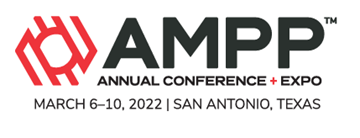Search
Environmentally Assisted Cracking Of Nickel Based Alloy 955 In Saltwater With Cathodic Protection For HPHT Application
Also Purchased
Environmentally Assisted Cracking Susceptibility Of Nickel Based Alloy 955 In A Sour Wellbore Fluid For HPHT Application
Product Number:
51322-17766-SG
Publication Date:
2022
$20.00
Hydrogen Embrittlement Failure Of Nickel Alloy UNS N07716-140 Tubing Retrievable Safety Valve Component Installed In A Sour Production Gas Well
Product Number:
51322-17709-SG
Publication Date:
2022
$20.00
On the Susceptibility of Precipitation Hardened Nickel Alloys to Hydrogen Assisted Cracking
Product Number:
51319-12846-SG
Publication Date:
2019
$20.00




